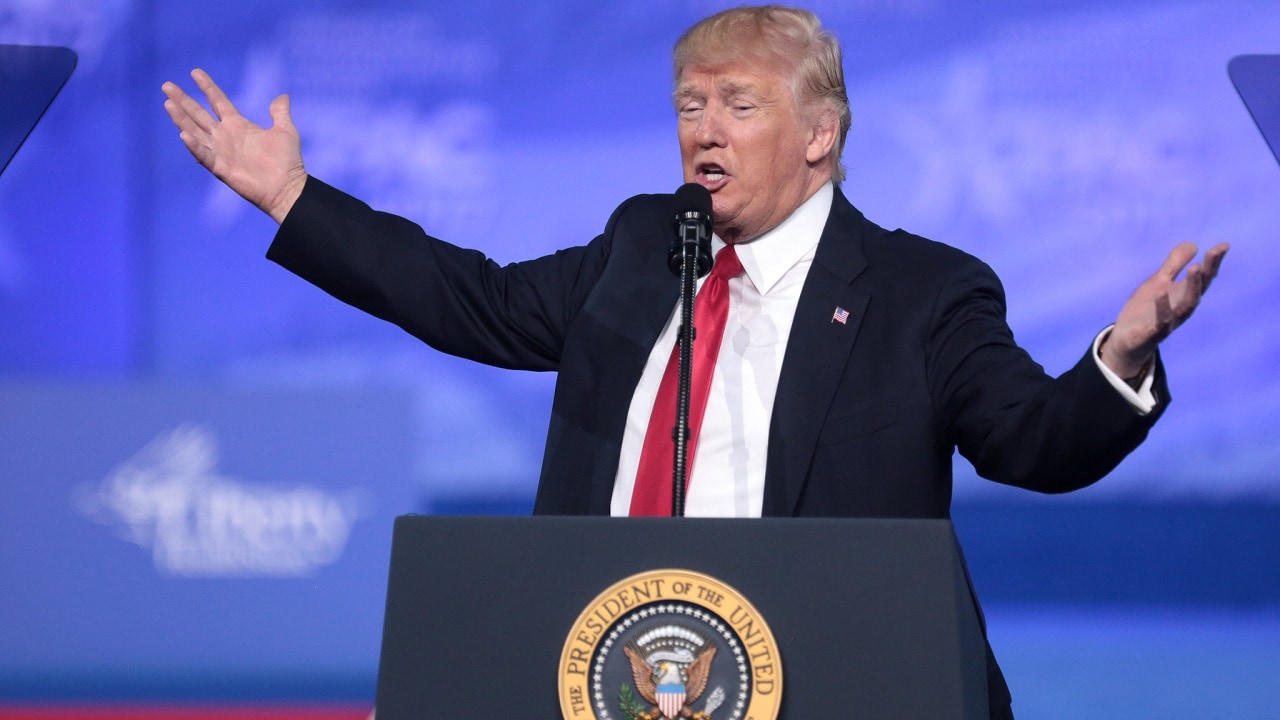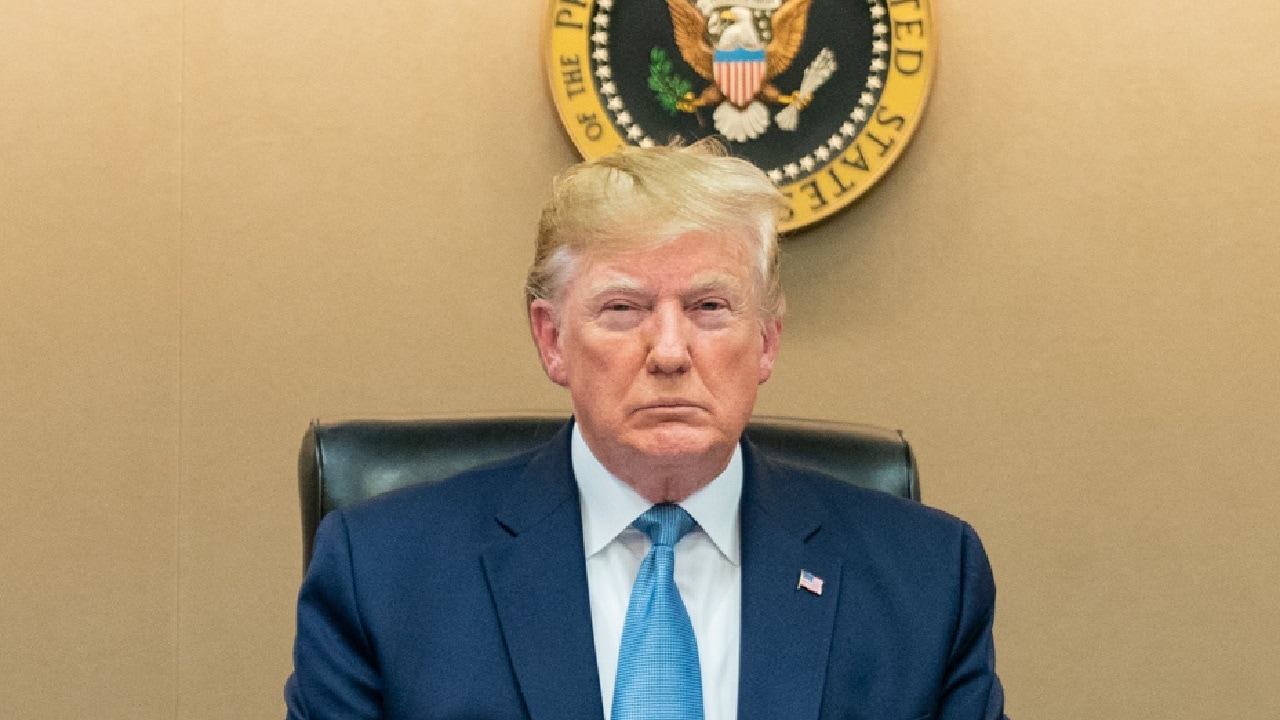Critics often label President Donald Trump’s foreign policy as “isolationist,” suggesting a retreat from global engagement. However, this characterization misrepresents the administration’s approach.
Rather than isolating the United States, the current administration’s strategy aligns more closely with the concept of “restraint,” a principle deeply rooted in the realist school of international relations. In an era marked by the decline of the post-Cold War “Rules-Based International Order” and the emergence of great power competition, a grand strategy of restraint offers a pragmatic and sustainable alternative to the costly and unsustainable burden of American hegemony.
Restraint vs. Isolationism: Getting the Terminology Right on Donald Trump
Isolationism entails a comprehensive withdrawal from international affairs, including severing alliances, minimizing economic interactions, and reducing military commitments. Historically, the U.S. adopted such a stance during the interwar period, avoiding European conflicts until World War II necessitated intervention.
In contrast, the current administration’s policies do not reflect isolationism. Instead, there is a deliberate effort to recalibrate U.S. commitments, focusing on balancing rising powers like China and blunting threats from revisionist actors such as Russia and Iran. Restraint acknowledges the limits of American power and emphasizes engagements that serve core national interests.
This strategy favors diplomacy supported by military strength over interventionism. While isolationism might suggest abandoning allies, restraint involves encouraging them to assume greater responsibility for their own defense, thereby reducing the burdens on the United States while maintaining essential security partnerships.
Restraint is deeply embedded in the realist tradition of international relations, which prioritizes power dynamics, national interest, and the anarchic nature of the international system. Realists argue that states should avoid unnecessary entanglements that do not directly serve their security or economic well-being.
The fundamental tenets of realism—balancing, deterrence, and strategic pragmatism—align closely with the current administration’s foreign policy approach. From a realist perspective, the global order has transitioned from unchallenged American hegemony to multipolarity, with rising and resurgent great powers competing for influence.
This shift necessitates a U.S. strategy that moves from dominance to strategic competition, where Washington makes selective commitments rather than engaging in conflicts that do not serve its vital interests. Rather than continuing to act as the world’s policeman, restraint acknowledges that the U.S. must adapt to a post-American empire moment, where it is no longer the unchallenged enforcer of global norms.
The Strategy of Restraint, Explained
The strategy of restraint operates through two primary mechanisms: balancing and blunting. Balancing involves encouraging allies and partners to take on greater responsibility for their own security, thereby reducing America’s direct burden. The administration’s insistence that NATO allies meet their defense spending obligations is not an abandonment of NATO but an effort to ensure that European states contribute meaningfully to their own defense.
Similarly, in the Indo-Pacific, strengthening ties with regional powers like Japan, India, and Australia serves to counterbalance China’s growing influence without relying solely on direct U.S. military presence. Blunting, on the other hand, refers to the targeted use of U.S. power to neutralize immediate threats rather than attempting to remake the international system in America’s image. The administration’s approach to Iran, for instance, withdrew from the Iran nuclear deal and applied maximum economic pressure rather than engaging in prolonged military interventions.
Similarly, recognizing Beijing as the primary geopolitical competitor, the administration has shifted U.S. economic and military focus accordingly while avoiding outright military confrontation.
The decline of the “Rules-Based International Order”—a system that functioned largely under U.S. unipolar dominance—means that the U.S. can no longer afford to act as the global enforcer of liberal norms without regard for strategic consequences. The era of humanitarian interventions and democracy promotion through military force has yielded few successes and many costly failures. In this new reality, restraint is not a retreat but an adaptation to the emerging multipolar world. It is a recognition that American primacy is neither sustainable nor desirable in a world where multiple centers of power exist.
Instead of exhausting itself through endless wars and global policing, the U.S. must adopt a more disciplined, focused foreign policy. Under a strategy of restraint, the U.S. should continue to deter adversaries but avoid seeking to transform them.

President of the United States Donald Trump speaking at the 2017 Conservative Political Action Conference (CPAC) in National Harbor, Maryland.
This means maintaining strong defense capabilities and alliances while avoiding unnecessary wars of choice. It also means recognizing that America’s security interests are best served by a sustainable, strategically focused foreign policy rather than overreach.
No, Donald Trump Is Not an Isolatonist
Labeling the current administration as “isolationist” is a misrepresentation that overlooks its alignment with realist principles of restraint. Rather than disengaging from the world, the administration seeks to balance emerging threats and blunt immediate dangers while reducing unnecessary commitments. In an era of great power competition, restraint offers a path that prioritizes American security, leverages alliances more effectively, and avoids the strategic exhaustion that has characterized previous decades of interventionism.
Rather than clinging to an outdated model of global dominance, restraint provides a realistic, sustainable grand strategy for a world in which American empire is no longer tenable.
About the Author: Dr. Andrew Latham
A 19FortyFive Contributing Editor, Andrew Latham is a professor of international relations at Macalester College in Saint Paul, Minn., a senior Washington fellow at the Institute for Peace and Diplomacy, and a non-resident fellow at Defense Priorities in Washington, D.C. He regularly teaches courses on international security, Chinese foreign policy, war and peace in the Middle East, Regional Security in the Indo-Pacific Region, and the World Wars. Professor Latham has been published in outlets such as The Hill, The Diplomat, Canadian Defence Quarterly, The Conversation, Wavell Room/British Military Thought, Defense One, and Responsible Statecraft.

